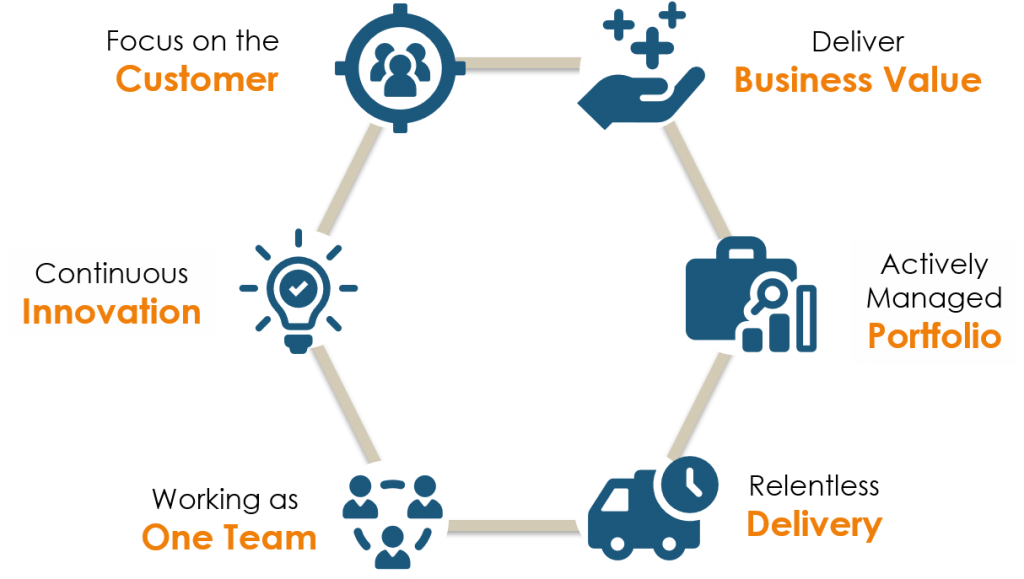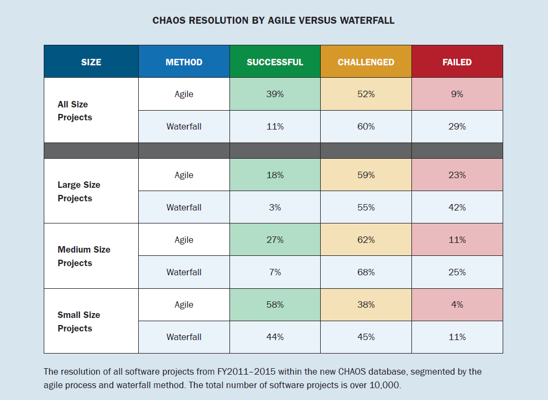Growth Trap: I keep on kicking off projects to fix things in the business, and yet I end up putting all my effort into fixing the failing project, rather than getting the results I want
Having spent 20 years in business consulting and looking at technology delivery, I’ve seen a number of challenged projects. Quite often businesses say the solution to a business problem is to put in place some technology. The package will fix the business issue. Yet the more I do technology, the more I see it as psychology.
The factors that stop success are most often human factors. It’s about a clear vision, knowing what you’re going to do, communicating with others, and dealing with personalities. In recent years technology companies have instilled a new mindset – an ‘agile’ mindset. The old way was driven by a need to control inputs. Know exactly what you’re going to do right at the front, do it, test it and ta-ha, it’s all fixed. Yet it didn’t work.
The standish group looked at what makes successful projects – looking at the traditional waterfall projects and agile ones. Now the data is coming in. Over the last 5 years, agile projects were 3 times more successful than the traditional way, and one third likely to fail.
Source: https://www.infoq.com/articles/standish-chaos-2015
An agile project has a number of traits but one of them is taking a product mindset, and this can be relevant to a one-person business, a charity, start-up or large corporation
What is a product mindset?
Taking a more, nimble and ‘product mindset’ focusses on outcomes rather than inputs, and can break through this growth trap of failing projects. That’s relevant whether it’s technology or not.
There are six perspectives of a product mindset are shown below:
 In recent months I’ve run a set of ½ day workshops with small businesses and charities about taking a product mindset.
In recent months I’ve run a set of ½ day workshops with small businesses and charities about taking a product mindset.
- The first a-ha is to think of the business as products and whether they are in the life-cycle. When I was in business consulting – each ‘proposition’ was a product, even if we thought of it as a marketing campaign. We didn’t think of them as products so we spent a lot of time developing thinking, but not on how to take it to market, and how long it might be relevant for
- The second a-ha is that the brand itself is a product, and has a life-cycle and needs refreshing as the market changes. Even the long term brands have slowly and quietly evolved over time – like Shell or Lego.
- Once we’ve thought of products, we then look at how to break the growth traps by taking an outcome focus rather than inputs. Too often we describe a solution, and measure inputs like time, cost and staff effort, but not drive the measurement of results.
I’ve been running a number of seminars around this and you can download the seminar workbook here. If you would like to discuss how this might help your team think differently, maybe as a team ‘away-day’ afternoon, then feel free to get in touch.

